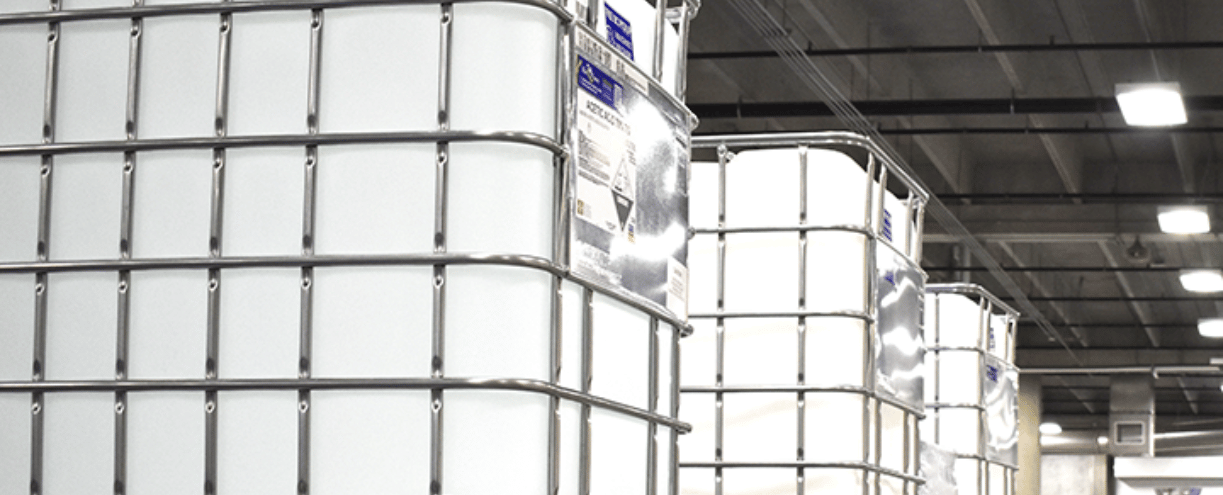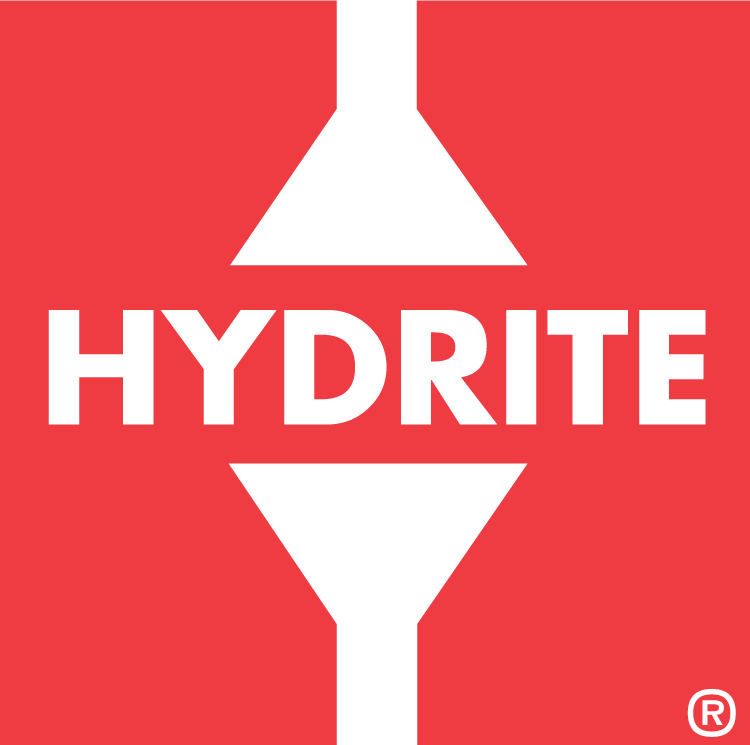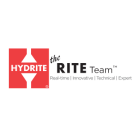
PAA vs Chlorine Efficacy
In many fruit and vegetable processing applications, processors will use a mixture of sodium hypochlorite and citric acid to treat their flume water. Citric acid is necessary when the pH of the make-up water is alkaline. When sodium hypochlorite is added to water, hypochlorous acid is formed---this is the active microbial agent in sodium hypochlorite.
When the pH of the water is adjusted to between 6.0 and 6.5, the maximum amount of hypochlorous acid is formed. If the pH of the water is above 6.5, then there is more sodium hypochlorite than there is hypochlorous acid, and the bacterial efficacy of the solution is greatly reduced. If the pH of the water drops below 6, then chlorine gas begins to form, causing potential corrosion and employee health hazard concerns. The citric acid addition and pH of the flume water need to be closely monitored and maintained.
A viable alternative to the use of sodium hypochlorite and citric acid would be to use peracetic acid chemistry. The use of peracetic acid has efficacy over a wide pH range and does not require the use of citric acid and the monitoring of the pH.
Hydrite’s intervention product line contains two peracetic acid products for use as intervention chemistries:
Reach out to The RITE Team® for more information.

